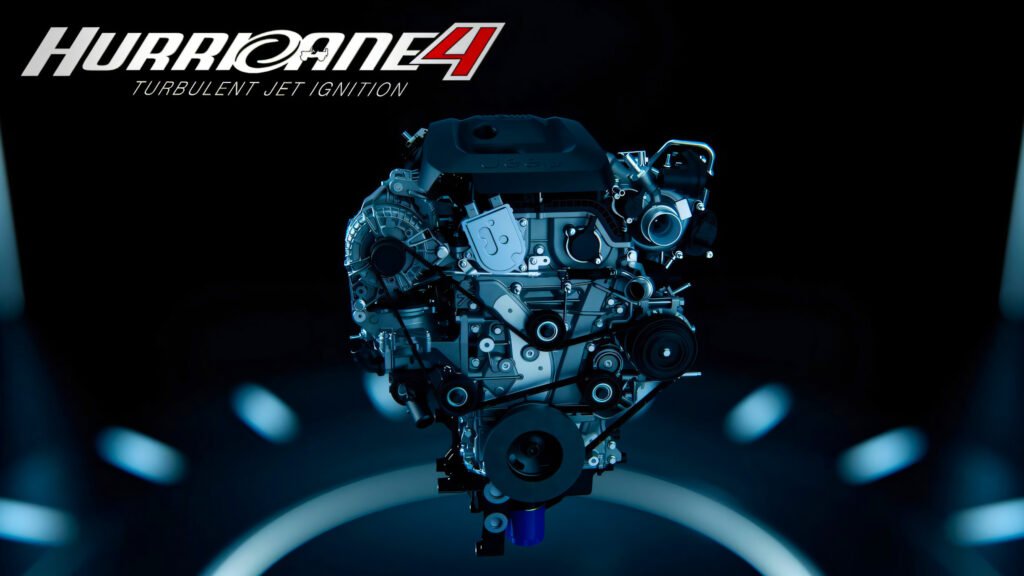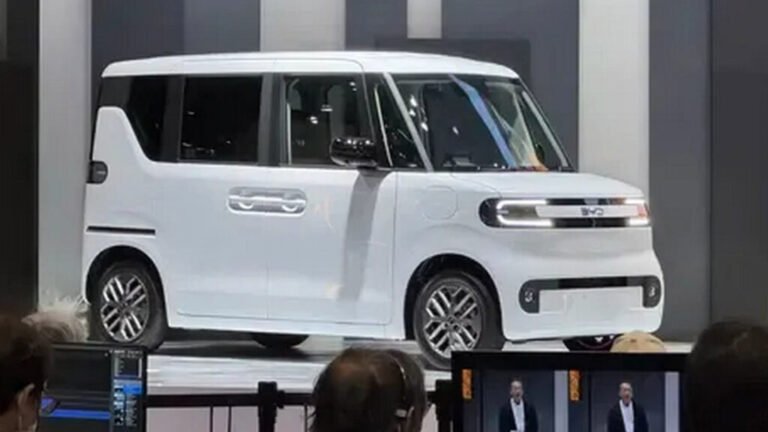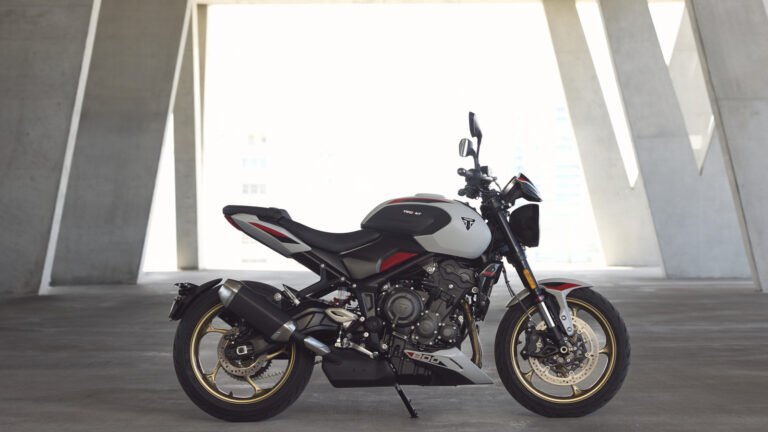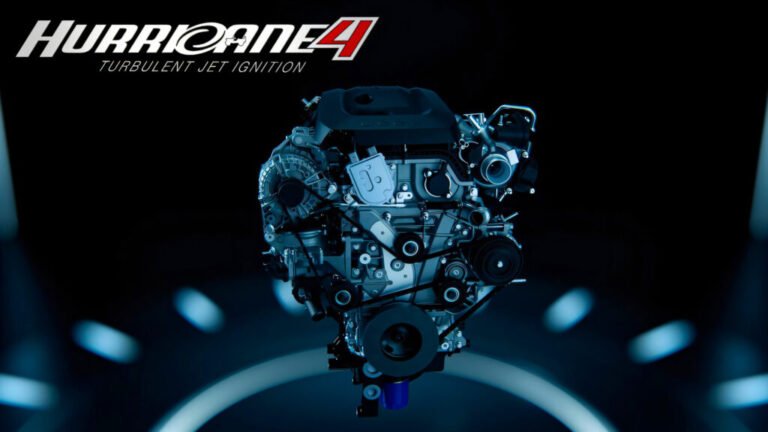

- Stellantis unveils the all-new Hurricane 4 Turbo engine.
- It produces 324 hp, 54 hp more than the current V6.
- Supports hybrid, plug-in hybrid, and standard setups.
Jeep introduced the 2026 Grand Cherokee earlier today, and it ushers in an all-new turbocharged 2.0-liter four-cylinder engine. It’s more powerful and fuel-efficient than the 3.6-liter Pentastar V6, and it will eventually show up in other models.
More: The Facelifted 2026 Grand Cherokee’s Biggest Change Is Hiding Under The Hood
Officially known as the Hurricane 4 Turbo, the engine produces 324 hp (248 kW / 337 PS) and 332 lb-ft (450 Nm) of torque. That’s a significant improvement over the naturally-aspirated V6, which was rated at 293 hp (218 kW / 297 PS) and 260 lb-ft (352 Nm).
It also blows past the Wrangler’s turbocharged 2.0-liter four-cylinder, which develops 270 hp (201 kW / 274 PS) and 295 lb-ft (400 Nm).

The impressive output enables the engine to “confidently propel a variety of vehicle sizes, ranging from compact to full size.” The company also noted the powertrain has the flexibility for conventional, hybrid, and plug-in hybrid applications.
In effect, this is a big deal, and we’re probably going to see it used across a wide range of Stellantis products worldwide.
Inside the Hurricane 4 Turbo
Stellantis powertrain guru Micky Bly described it as a “clean sheet design” that uses turbulent jet ignition (TJI) combustion technology.
As the company explained, the “Hurricane 4 Turbo uses a spark plug to ignite a small amount of fuel in a cup-like pre-chamber atop each cylinder. The burning fuel expands and jets into the combustion chamber, triggering a faster and more complete burn of the air-fuel charge, which enables better performance and fuel efficiency.”
The engine operates on the Miller Cycle and features a variable geometry turbocharger as well as a 12:1 compression ratio. Each cylinder also has two spark plugs as there’s one for the TJI chamber as well as another for the main combustion chamber.

Dual Injection Precision
Adding to its complexity, the engine combines both port and direct injection systems. A controller determines which to use, or activates both when maximum output is required. This balance between efficiency and responsiveness gives the new four-cylinder its adaptable character.
Rounding out the highlights are an aluminum block, an aluminum cylinder head, and upgraded internals compared to the current turbocharged 2.0-liter four-cylinder.
Furthermore, like the 3.0-liter Hurricane inline-six, the engine has a Plasma Transfer Wire Arc coating in the cylinder bores that provides 10 times the wear resistance as conventional iron cylinder liners. They’re joined by an electric water pump and variable displacement oil pump to reduce parasitic losses.
Efficiency With Muscle
Thanks to the new design, the Hurricane 4 Turbo promises to be a “smooth-running engine that uses 10 percent less fuel to deliver 20 percent more power than our current 2.0-liter DOHC I-4.”
This suggests that, in the Wrangler, the engine would be capable of returning approximately 22 mpg city, 25 mpg highway, and 23 mpg combined. That would be a slight improvement over the current rating of up to 20 mpg city, 23 mpg highway, and 21 mpg combined.
We can expect to learn more in the coming months, but the engine is built in Dundee, Michigan. It will eventually be added to Kokomo, Indiana, as part of a previously announced investment.




